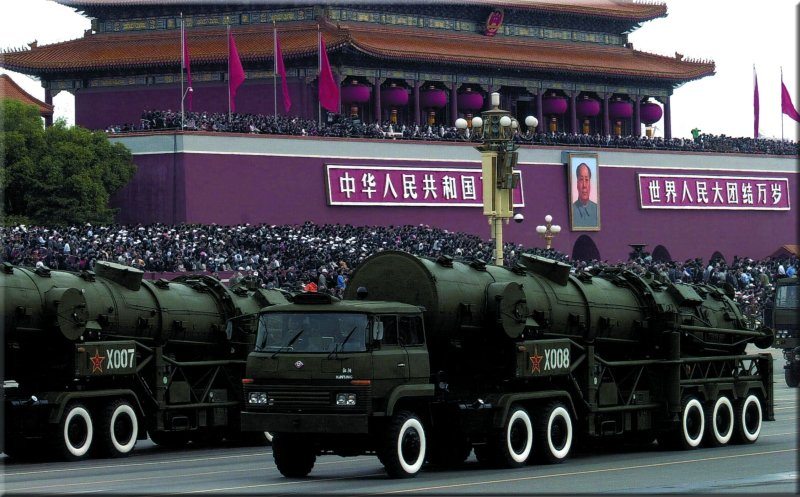With the televised demonstration of China’s latest system of intercepting incoming ballistic missiles during the intermediate stage of their flight, it looks like the People’s Republic is poised to become the second country after the US to deploy a missile shield.
In an interview with Sputnik, Vasily Kashin, a Moscow-based military expert, said that in their effort to develop what may be dubbed HQ-19, the Chinese may possibly be working closely with Russia, whose S-500 Prometey missile defense system, now under development, and the strategic missile system A-235 Nudol, which is currently undergoing trials, will be able to shoot down incoming warheads even before they enter the atmosphere.
The long-range A-235 missile will have a range of up to 1,500 km and will be able to carry a nuclear warhead which will dramatically improve its ability to shoot down enemy warheads.
“What really matters here is just how many such missile defense systems China will be able to deploy and who they are going to be used against. The modern US ballistic missiles are either land or sea-based intercontinental ones the ATACMS short-range Chinese missiles will hardly be able to deal with,” Kashin said.
As for Japan, Kashin said that even though it has no ballistic missiles of its own, Tokyo, with its advanced space program, could have no problem developing such missiles.
Taiwan shuttered its ballistic missile programs back in the 1990s, relying instead on cruise missiles.
South Korea’s Hyunmoo ballistic missiles have limited range and pose no real threat to China.
“The deployment of a limited missile defense system will give the Chinese an edge over regional powers, like Iran, Pakistan, India and North Korea, capable of building medium-range missiles and eventually relatively primitive types of ICBMs. And it will also come as a potent means of containing the imaginary missile threat by India,” Kashin added.
With the new system in place, China will also be able to shoot down US spy satellites.
Vasily Kashin said that even though the publicized tests of China’s new missiles defense system were apparently meant as Beijing’s answer to the deployment of US THAAD missiles in South Korea, it would hardly be able to effectively counteract the American missile shield, primarily due to the obvious US edge in the number of nuclear warheads.
“China’s most probable answer to the emergence of THAAD in South Korea could be the deployment of its newly developed cruise missiles to destroy the Americans’ THAAD system during the initial stage of an armed conflict,” Vasily Kashin said in conclusion.
The United States and South Korea announced plans in July to deploy a Terminal High Altitude Area Defense (THAAD) anti-missile system, ostensibly to counter threats from North Korea, but the move received immediate condemnation from Russia and China, who view the installation as a veiled attempt by Washington to undermine Beijing and Moscow’s mutual nuclear deterrent.
Moscow immediately joined Beijing in warning the United States that the deployment would have “irreparable consequences.”










